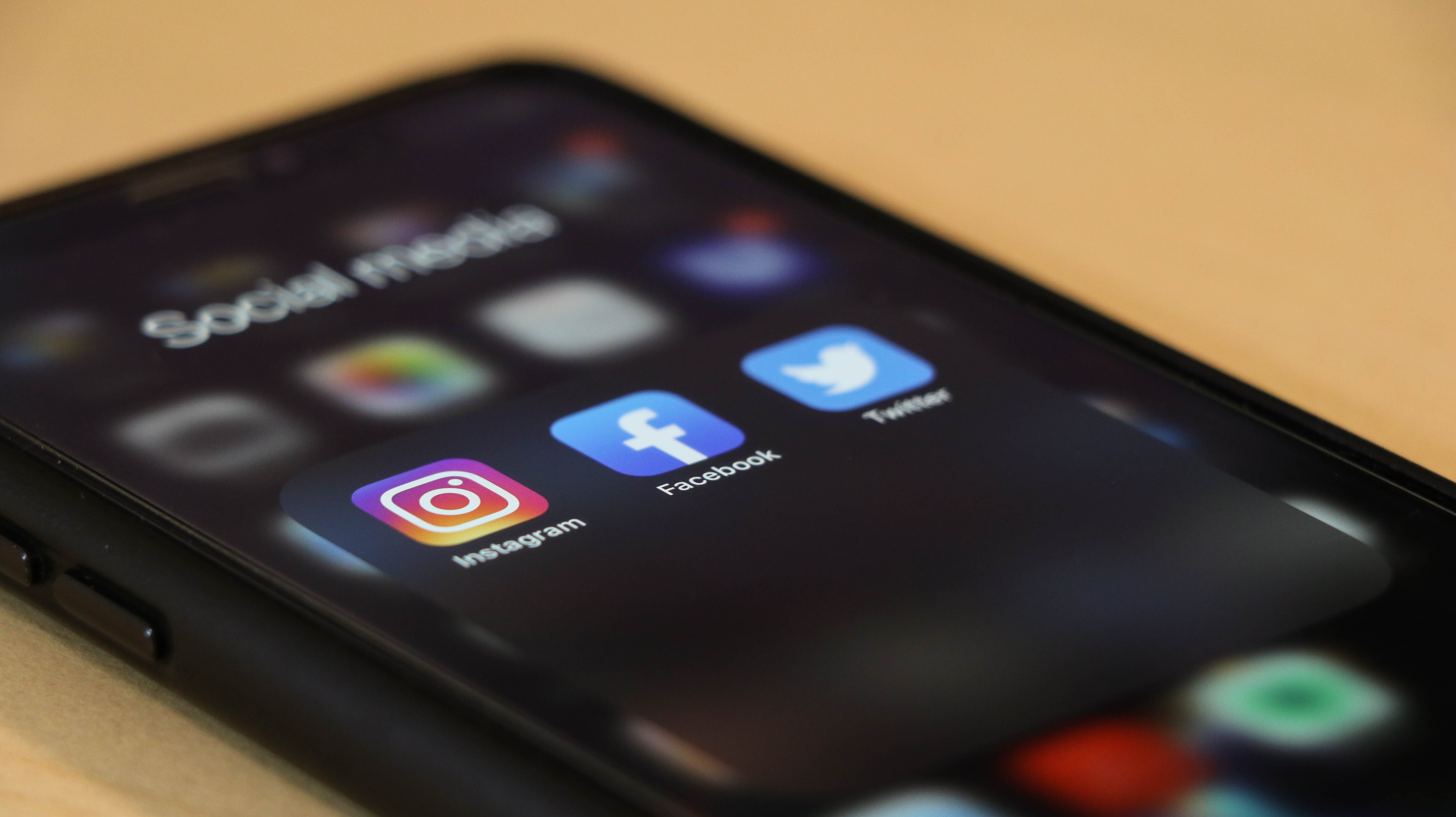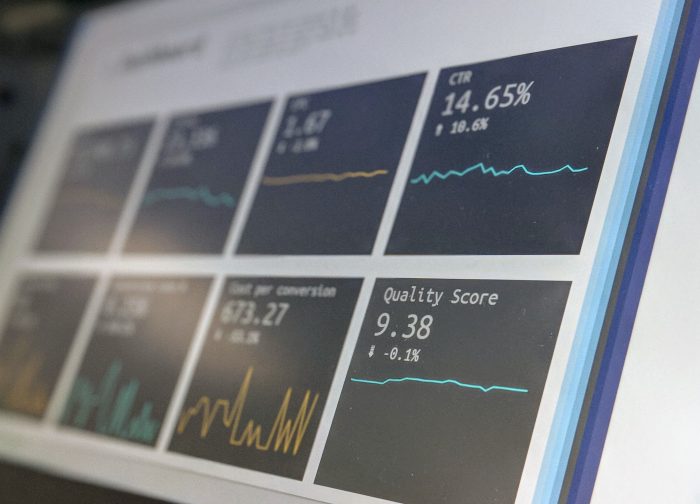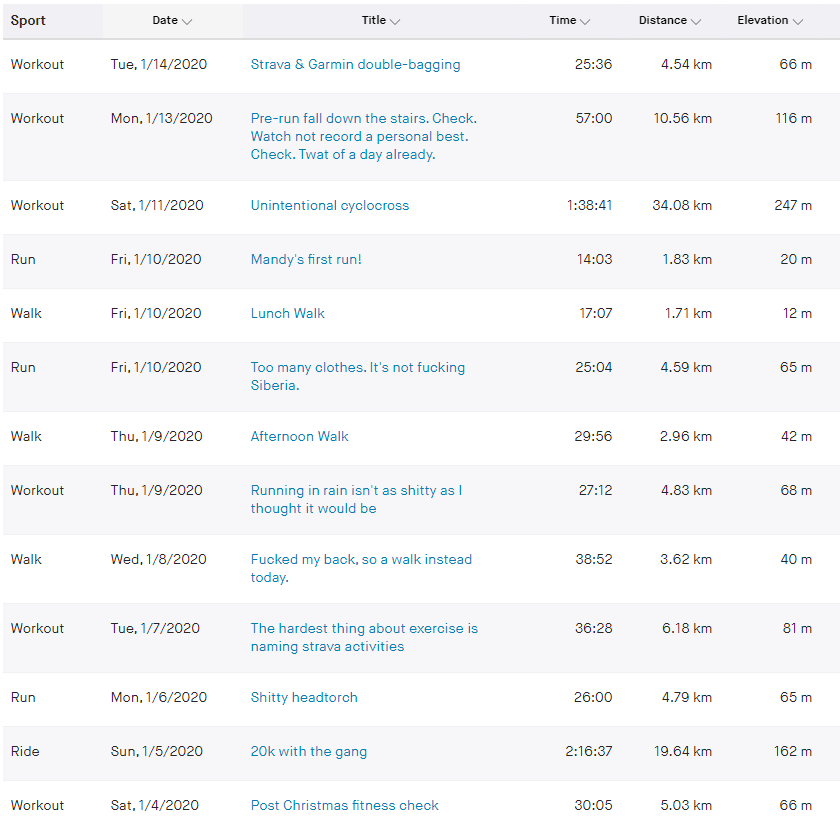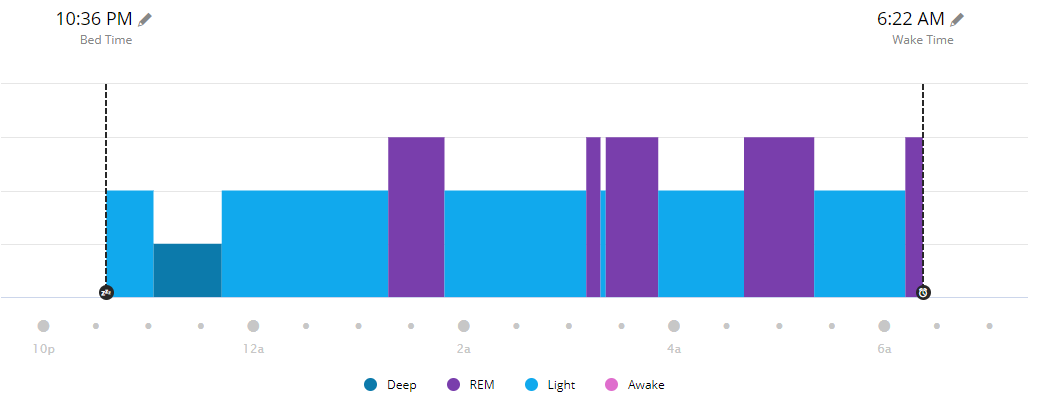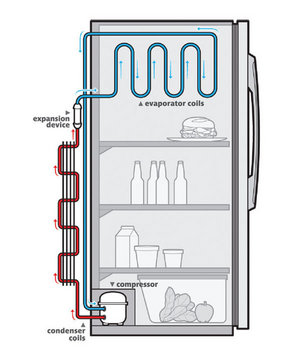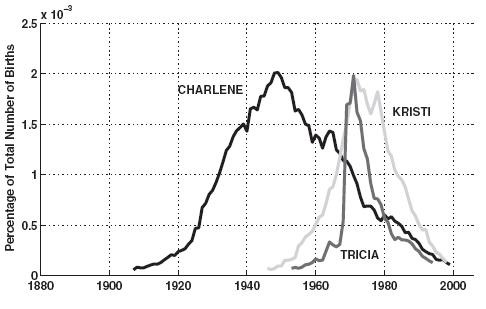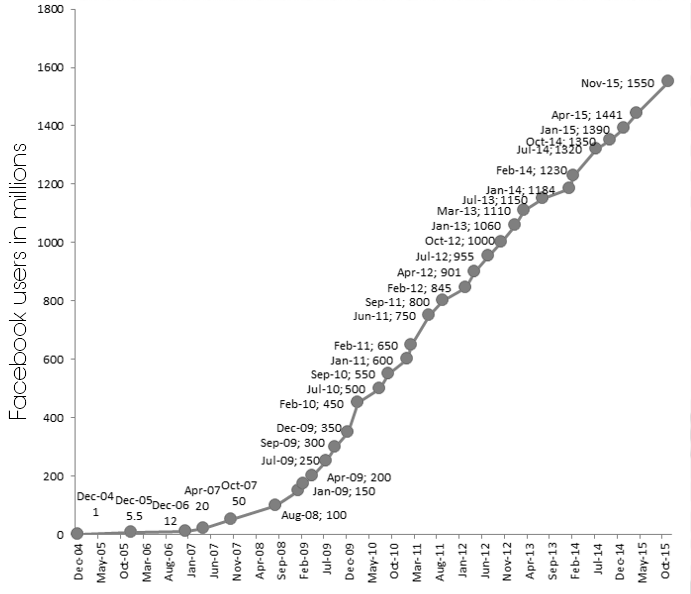Disclaimer: While I can now talk openly about the cases, the oath I took means I cannot discuss the deliberations that took place, who fulfilled which role and how the votes were cast, other than in both trials the decision were unanimous – which is a matter of public record.
Jury comes from the Latin Jurati: “To be sworn”, which makes sense given that’s the first thing you’re asked to do on a case.
“I solemnly and sincerely declare and affirm that I will give a true verdict according to the evidence”
I’ve wanted to do Jury Duty for some time. It’s one of the core pillars of the judiciary, being able to act as an impartial participant in the outcome of criminal trials. As a juror, you’re tasked with finding a defendant either Guilty or Not Guilty based on the evidence you’re presented with alone. I found the entire experience a combination of very interesting and incredibly dull.
The two weeks starts with the formalities you can probably expect: identification, verification, paperwork and inductions. It’s a pretty dull morning, but then you’re spat out into the jurors waiting room and some amount of excitement builds. I was in a room of perhaps 150 people split between new people like me and people on their second week. Some of those on their second week were on trials that had carried over the weekend, and it was here I noticed the peculiar hushed quiet that surrounds those on a case. These groups of 12 people are forbidden from discussing the trial with each other other than when they’re all together and cannot be overheard. So instead of accidentally letting slip, they tend to fan out to sit at opposite ends of the waiting room.
I spent three days sat reading a book, which was lovely to start with. It’s been a long time since I’ve been able to just sit and read, and it was great to get some reading done. It did however cost me £50 at Waterstones… Then on the fourth day I was called into the first pool.
A pool is a group of 15 people that are taken down to the courts. From there, you wait anxiously to be called into the courtroom itself. Once there, the Clerk randomly chooses 12 of the group to move into the jurors’ box. After each name is called, the defendant is given the opportunity to reject any of the jurors. The judge can consider the reason and either allow or deny that decision to carry. In both the trials I heard this didn’t happen. After the 12 are seated, you’re asked to either take an oath or affirmation dependant on your religious views. And so begins the presentation of the evidence.
The judge who presided over both the trials I heard was the same, The Honourable Mr Justice Batty. If ever I heard someone great at communicating to a diverse audience it was this man. He took a very solemn, and procedurally complicated process and explained it in a simple way that wasn’t in the least condescending or patronising. Quite a feat.
It then fell to the long and arduous process of hearing evidence, which in both trials was done solely through witnesses. This involves a lot of repetition, and both the prosecution and defence try to find inconsistencies. Indeed, a lot of the tactics employed are designed to try and find inconsistencies, but as the trial went on I wasn’t entirely sure that was a useful endeavour. Of course, gaps in the stories, contradictions and different accounts were abound, but their relevance as to whodunnit wasn’t clear, other than in shaping the character of the witness. However, one instruction is clear from the start: try the case on the evidence you’re given alone. Do not let sympathy or any other emotion sway you’re decision in light of the evidence available.
My cases aside, I was a little shocked with the process applied for the more serious cases, which I had the chance to be on. A much larger pool of people is assembled, and brought together. You are told that the case will be a much longer one, and those that can’t take extended time away should let it be known. Clearly, anyone with a professional job, or the self employed cannot be on these cases. In reality, that means the most serious cases are heard by jurors that are low paid or unemployed. I’m not suggesting this group of people will necessarily make a bad or incorrect decision, but the whole randomness of the juror process goes out the window for cases of any length. It therefore means that a good cross-section of society represented in a panel of jurors is very unlikely.
Walking into the courtroom, I imagined that it would be a very fair and sound process for everyone involved. However in reality, it’s a minefield of subjectivity, unconscious assumptions and perception rather than a decision based on facts. It’s also clear that a confident and reassured person can with some ease influence the outcome of collective decision of the jury. I now understand how in some cases, sentences are handed to the wrong people. That said, I can’t think of a fairer way to do it.

